Mehmet C. Ilter
Failure Tolerant Phase-Only Indoor Positioning via Deep Learning
Aug 20, 2025Abstract:High-precision localization turns into a crucial added value and asset for next-generation wireless systems. Carrier phase positioning (CPP) enables sub-meter to centimeter-level accuracy and is gaining interest in 5G-Advanced standardization. While CPP typically complements time-of-arrival (ToA) measurements, recent literature has introduced a phase-only positioning approach in a distributed antenna/MIMO system context with minimal bandwidth requirements, using deep learning (DL) when operating under ideal hardware assumptions. In more practical scenarios, however, antenna failures can largely degrade the performance. In this paper, we address the challenging phase-only positioning task, and propose a new DL-based localization approach harnessing the so-called hyperbola intersection principle, clearly outperforming the previous methods. Additionally, we consider and propose a processing and learning mechanism that is robust to antenna element failures. Our results show that the proposed DL model achieves robust and accurate positioning despite antenna impairments, demonstrating the viability of data-driven, impairment-tolerant phase-only positioning mechanisms. Comprehensive set of numerical results demonstrates large improvements in localization accuracy against the prior art methods.
Phase-Only Positioning: Overcoming Integer Ambiguity Challenge through Deep Learning
Jun 09, 2025Abstract:This paper investigates uplink carrier phase positioning (CPP) in cell-free (CF) or distributed antenna system context, assuming a challenging case where only phase measurements are utilized as observations. In general, CPP can achieve sub-meter to centimeter-level accuracy but is challenged by the integer ambiguity problem. In this work, we propose two deep learning approaches for phase-only positioning, overcoming the integer ambiguity challenge. The first one directly uses phase measurements, while the second one first estimates integer ambiguities and then integrates them with phase measurements for improved accuracy. Our numerical results demonstrate that an inference complexity reduction of two to three orders of magnitude is achieved, compared to maximum likelihood baseline solution, depending on the approach and parameter configuration. This emphasizes the potential of the developed deep learning solutions for efficient and precise positioning in future CF 6G systems.
Time Index Modulation-Driven Standalone RIS Mechanism for Symbiotic Radio
Jun 30, 2024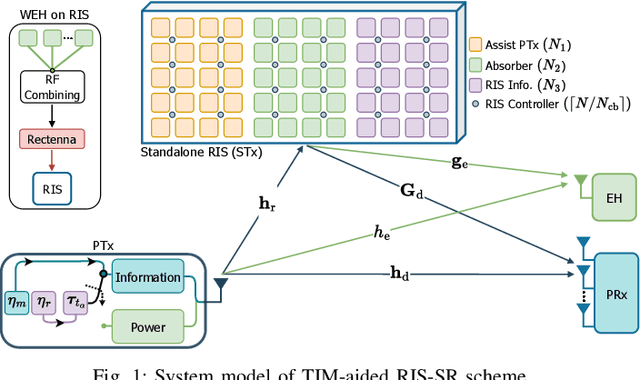

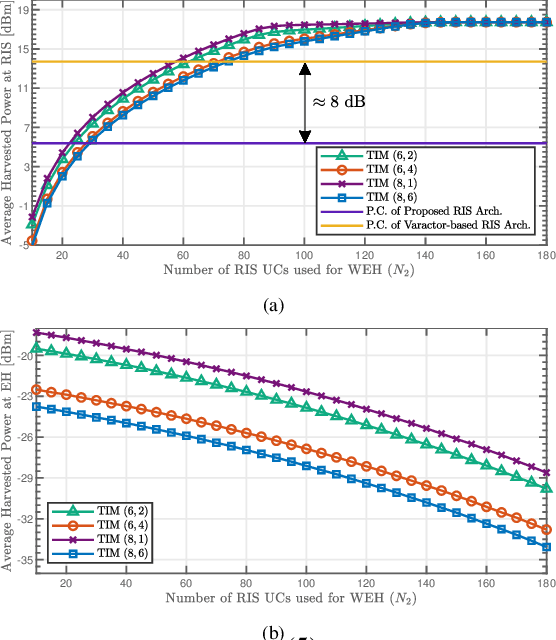
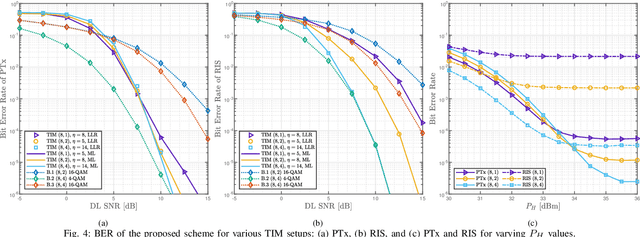
Abstract:The rising demand for energy and spectrum resources in next-generation Internet-of-things (IoT) systems accounts for innovative modes of information and power transfer. One potential solution is to harness the active transmission capability of devices to facilitate data transmission and wireless energy harvesting (WEH) for backscatter communication so as to form a symbiotic radio (SR) environment in a mutualistic manner. Additionally, incorporating reconfigurable intelligent surfaces (RISs) into the SR environment can provide an additional link and enhance the reliability of backscatter communication, thereby reinforcing the symbiotic relationships between active and passive devices. This paper proposes a novel SR system where a standalone RIS sustains its functions through WEH based on a low-power RIS structure and establishes mutualistic symbiosis by utilizing a signal conveyed by the primary transmitter (PTx) to assist ongoing transmissions and convey information to the primary receiver (PRx). The PTx employs time index modulation (TIM) to transmit information to the PRx and power to the RIS and energy harvester (EH). A log-likelihood ratio (LLR)-based detector is presented to address challenges in the TIM scheme. Finally, the performance of the proposed scheme is investigated in terms of harvested direct current (DC) power at the RIS and EH, as well as the bit error rate (BER) at the PRx.
Index Modulation-based Information Harvesting for Far-Field RF Power Transfer
Sep 24, 2023Abstract:While wireless information transmission (WIT) is evolving into its sixth generation (6G), maintaining terminal operations that rely on limited battery capacities has become one of the most paramount challenges for Internet-of-Things (IoT) platforms. In this respect, there exists a growing interest in energy harvesting technology from ambient resources, and wireless power transfer (WPT) can be the key solution towards enabling battery-less infrastructures referred to as zero-power communication technology. Indeed, eclectic integration approaches between WPT and WIT mechanisms are becoming a vital necessity to limit the need for replacing batteries. Beyond the conventional separation between data and power components of the emitted waveforms, as in simultaneous wireless information and power transfer (SWIPT) mechanisms, a novel protocol referred to as information harvesting (IH) has recently emerged. IH leverages existing WPT mechanisms for data communication by incorporating index modulation (IM) techniques on top of the existing far-field power transfer mechanism. In this paper, a unified framework for the IM-based IH mechanisms has been presented where the feasibility of various IM techniques are evaluated based on different performance metrics. The presented results demonstrate the substantial potential to enable data communication within existing far-field WPT systems, particularly in the context of next-generation IoT wireless networks.
Information Harvesting for Far-Field Wireless Power Transfer
May 26, 2021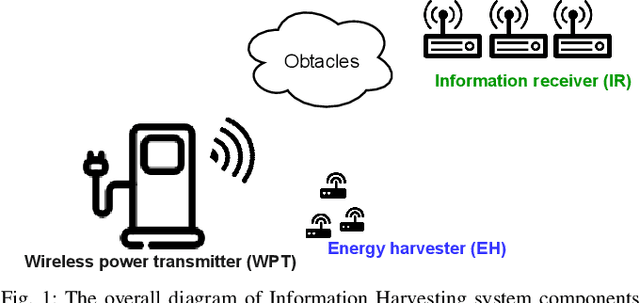
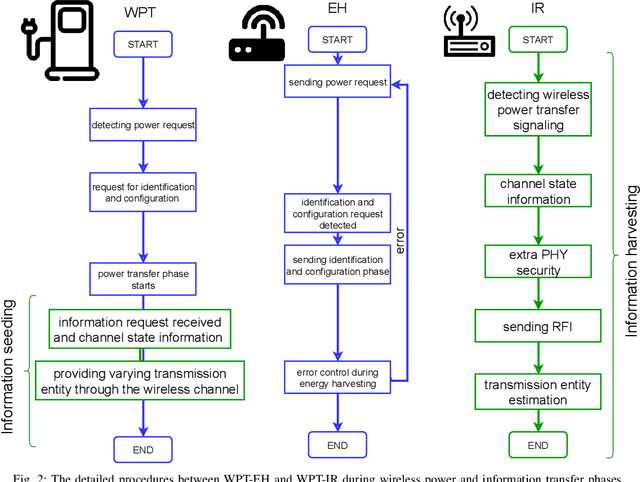
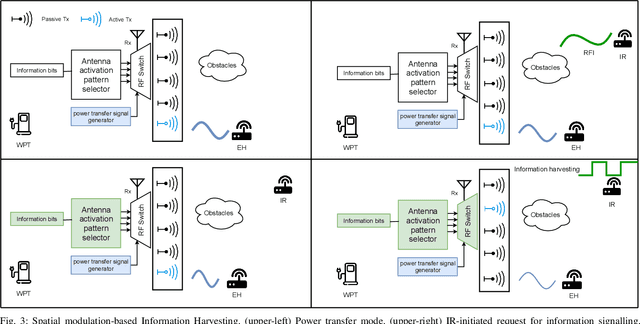
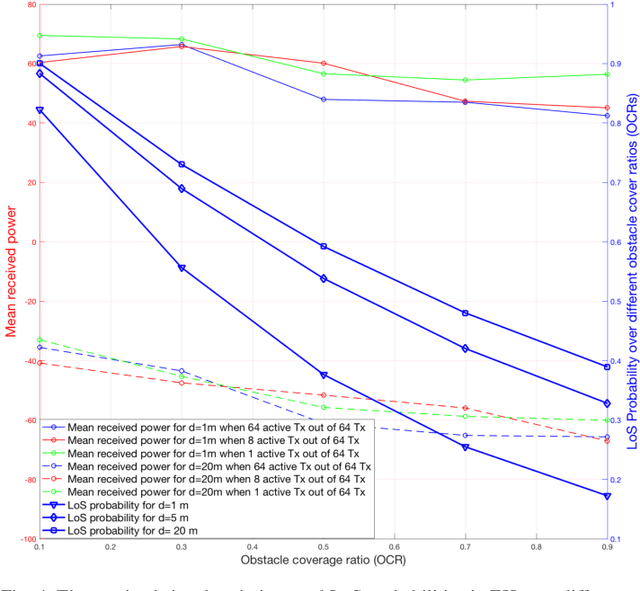
Abstract:Considering ubiquitous connectivity and advanced information processing capability, huge amount of low-power IoT devices are deployed nowadays and the maintenance of those devices which includes firmware/software updates and recharging the units has become a bottleneck for IoT systems. For addressing limited battery constraints, wireless power transfer is a promising approach such that it does not require any physical link between energy harvester and power transfer. Furthermore, combining wireless power transfer with information transmission has become more appealing. In the systems that apply radio signals the wireless power transfer has become a popular trend to harvest RF-radiated energy from received information signal in IoT devices. For those systems, design frameworks mainly deal with the trade-off between information capacity and energy harvesting efficiency. Therein various signaling design frameworks have been proposed for different system preferences between power and information. In addition to this, protecting the information part from potential eavesdropping activity in a service area introduces security considerations for those systems. In this paper, we propose a novel concept, Information Harvesting, for wireless power transfer systems. It introduces a novel protocol design from opposite perspective compared to the existing studies. Particularly, Information Harvesting aims to transmit information through existing wireless power transfer mechanism without interfering/interrupting power transfer.
Visible light communication-based monitoring for indoor environments using unsupervised learning
Jan 20, 2021Abstract:Visible Light Communication~(VLC) systems provide not only illumination and data communication, but also indoor monitoring services if the effect that different events create on the received optical signal is properly tracked. For this purpose, the Channel State Information that a VLC receiver computes to equalize the subcarriers of the OFDM signal can be also reused to train an Unsupervised Learning classifier. This way, different clusters can be created on the collected CSI data, which could be then mapped into relevant events to-be-monitored in the indoor environments, such as the presence of a new object in a given position or the change of the position of a given object. When compared to supervised learning algorithms, the proposed approach does not need to add tags in the training data, simplifying notably the implementation of the machine learning classifier. The practical validation the monitoring approach was done with the aid of a software-defined VLC link based on OFDM, in which a copy of the intensity modulated signal coming from a Phosphor-converted LED was captured by a pair of Photodetectors~(PDs). The performance evaluation of the experimental VLC-based monitoring demo achieved a positioning accuracy in the few-centimeter-range, without the necessity of deploying a large number of sensors and/or adding a VLC-enabled sensor on the object to-be-tracked.
 Add to Chrome
Add to Chrome Add to Firefox
Add to Firefox Add to Edge
Add to Edge